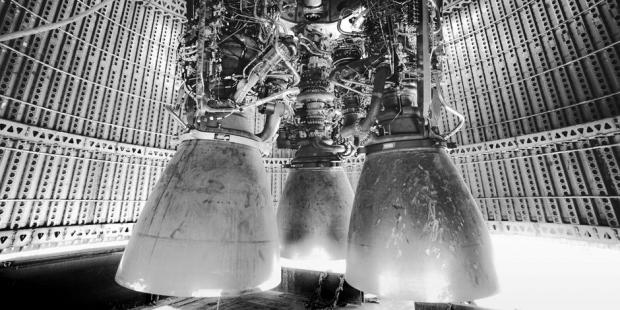
Breaking News
 The AI Arms Race Is Cracking Open The Nuclear Fuel Cycle
The AI Arms Race Is Cracking Open The Nuclear Fuel Cycle
 Nick Shirley Effect Fuels Calls For Crowdfunded Citizen Journalist Grant Program To Expose...
Nick Shirley Effect Fuels Calls For Crowdfunded Citizen Journalist Grant Program To Expose...
 "Quality Learing Center" First Domino To Fall As Somali-Linked Minneapolis Daycare Scandal
"Quality Learing Center" First Domino To Fall As Somali-Linked Minneapolis Daycare Scandal
 The Private Equity Veterinary Scam Making You Poorer and Killing Your Pets
The Private Equity Veterinary Scam Making You Poorer and Killing Your Pets
Top Tech News
 EngineAI T800: Born to Disrupt! #EngineAI #robotics #newtechnology #newproduct
EngineAI T800: Born to Disrupt! #EngineAI #robotics #newtechnology #newproduct
 This Silicon Anode Breakthrough Could Mark A Turning Point For EV Batteries [Update]
This Silicon Anode Breakthrough Could Mark A Turning Point For EV Batteries [Update]
 Travel gadget promises to dry and iron your clothes – totally hands-free
Travel gadget promises to dry and iron your clothes – totally hands-free
 Perfect Aircrete, Kitchen Ingredients.
Perfect Aircrete, Kitchen Ingredients.
 Futuristic pixel-raising display lets you feel what's onscreen
Futuristic pixel-raising display lets you feel what's onscreen
 Cutting-Edge Facility Generates Pure Water and Hydrogen Fuel from Seawater for Mere Pennies
Cutting-Edge Facility Generates Pure Water and Hydrogen Fuel from Seawater for Mere Pennies
 This tiny dev board is packed with features for ambitious makers
This tiny dev board is packed with features for ambitious makers
 Scientists Discover Gel to Regrow Tooth Enamel
Scientists Discover Gel to Regrow Tooth Enamel
 Vitamin C and Dandelion Root Killing Cancer Cells -- as Former CDC Director Calls for COVID-19...
Vitamin C and Dandelion Root Killing Cancer Cells -- as Former CDC Director Calls for COVID-19...
 Galactic Brain: US firm plans space-based data centers, power grid to challenge China
Galactic Brain: US firm plans space-based data centers, power grid to challenge China
One SpaceX Raptor Engine Every Two Days

This is a runrate of 180 per year. The previous Merlin engines had reached a production rate of 400 engines per year. SpaceX will likely at least double Raptor engine production to the old Merlin engine level in 2022.
SpaceX needs 29 Raptor engines for a full Super Heavy Booster and seven engines for a fully loaded Starship. SpaceX current Raptor engine production levels are enough for five fully populated Super Heavy Boosters and five fully loaded Starships.
SpaceX likely needs about 100 Raptor engines to complete the testing phase for Super Heavy and Starship. SpaceX should have two Super Heavy Starships ready for long term usage at the end of this year. Two Super Heavy Starships flying once every two weeks would be able to match the launch rate of the Falcon 9 fleet but with four times the payload.
SpaceX is performing orbital duration engine testing.
29 Raptors on Booster initially, rising to 32 later this year, along with thrust increase per engine. Aiming for >7500 ton thrust long-term. T/W ~1.5.
— Elon Musk (@elonmusk) May 29, 2021



